Argentina Researchers discovered the fossil of Bustingorrytitan shiva, a giant dinosaur weighing up to 67 tons, on a farm.
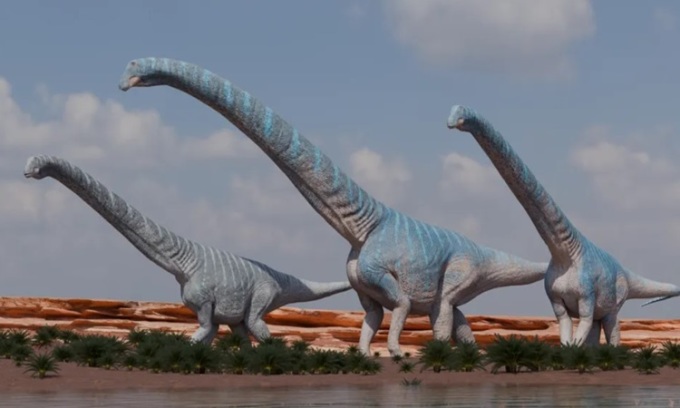
Reconstructed image of Bustingorrytitan shiva. Photo: Grabriel Diaz Yantén/Paleogdy
A newly discovered 100-foot-long (30-meter) dinosaur named after the Hindu god Shiva once roamed Argentina along with other long-necked megatitanosaurs more than 90 million years ago. A team led by paleontologist María Edith Simón of the National University of Córdoba described the giant dinosaur, nicknamed the "destroyer," late last year from fossils found in western Argentina. Now, they're working with an artist to recreate its image, Live Science reported on April 19.
B. shiva was among the largest sauropod dinosaurs ever, weighing an estimated 67 tons, according to research published Dec. 18, 2023, in the journal Acta Palaeontologica Polonica. It wasn't the biggest dinosaur—that title went to the titanosaur Argentinosaurus, which weighed an estimated 70 tons—but B. shiva was still a massive member of the ancient Argentine ecosystem. The discovery of B. shiva in northern Patagonia in southern South America suggests that megatitanosaurs weighing over 55 tons evolved separately within the titanosaur group.
A farmer named Manuel Bustingorry found the first fossil of B. shiva on his land in Neuquén province in 2000. Simón, who is in charge of the laboratory and research area at the nearby Ernesto Bachmann Archaeological Museum, excavated the farm in 2001. When the team arrived, the bone was broken but looked like a tibia.
The exposed leg bone was just the beginning. The researchers found skeletons of at least four dinosaurs of the new species, including one relatively complete skeleton and three less intact specimens. B. shiva comes from the 93- to 96-million-year-old Huincul Formation (where Argentinosaurus was also found). However, the skeleton has features that don’t match those of known sauropods, including distinctive cusps in the arm and thigh bones.
New research suggests that at least two giant titanosaur dinosaur lineages, B. shiva and Argentinosaurus, coexisted in northern Patagonia during the mid-Cretaceous (66 to 145 million years ago) alongside smaller sauropods.
A mid-Cretaceous cataclysm led to the extinction of many species, including diplodocoid sauropods and several titanosaurs. Researchers still need to learn more about what happened to B. shiva, but some of its descendants survived the cataclysm and persisted until near the end of the Cretaceous, when an asteroid struck and wiped out the non-avian dinosaurs.
An Khang (According to Live Science )
Source link


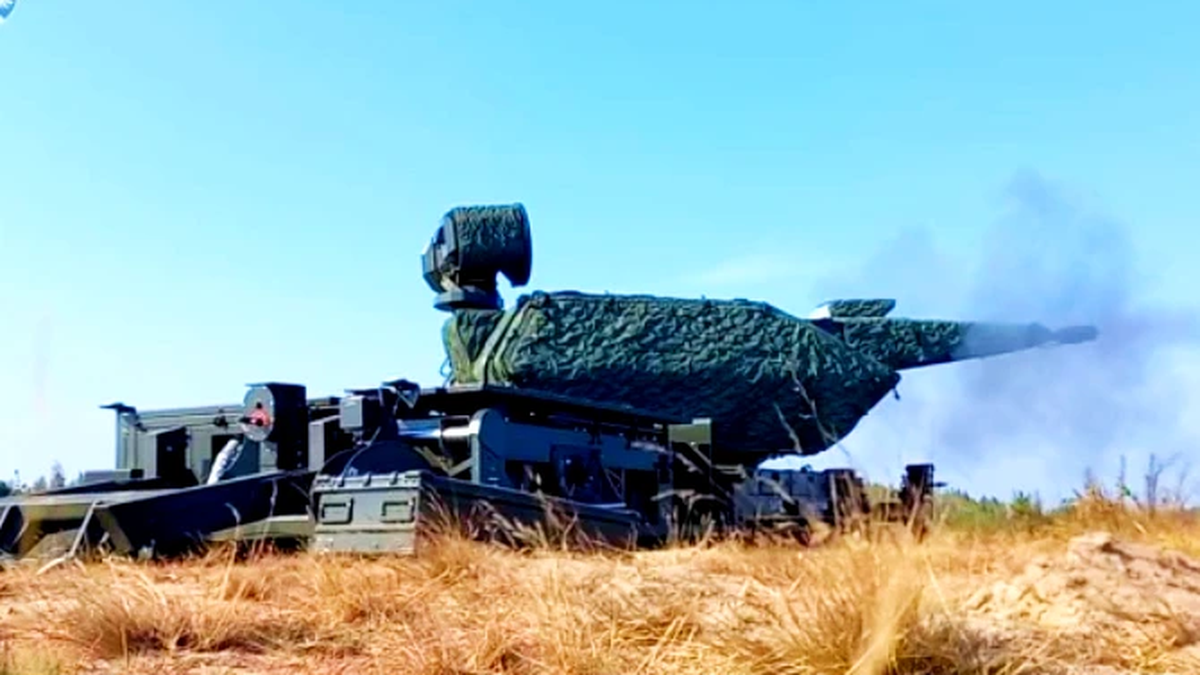








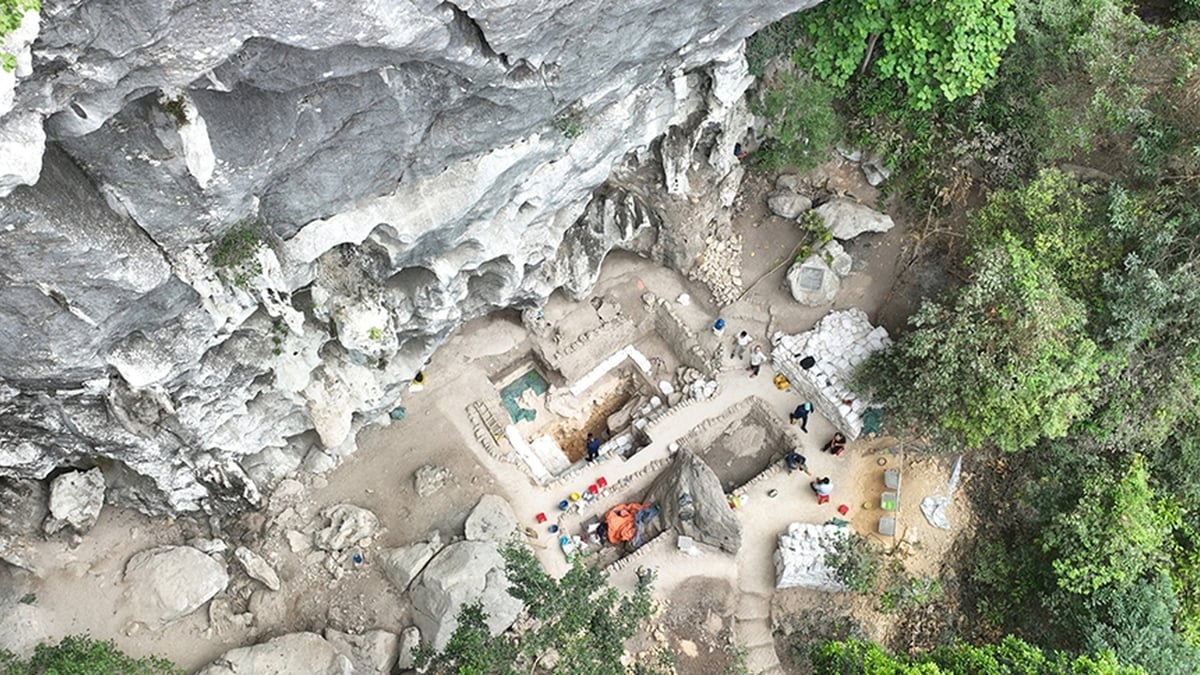














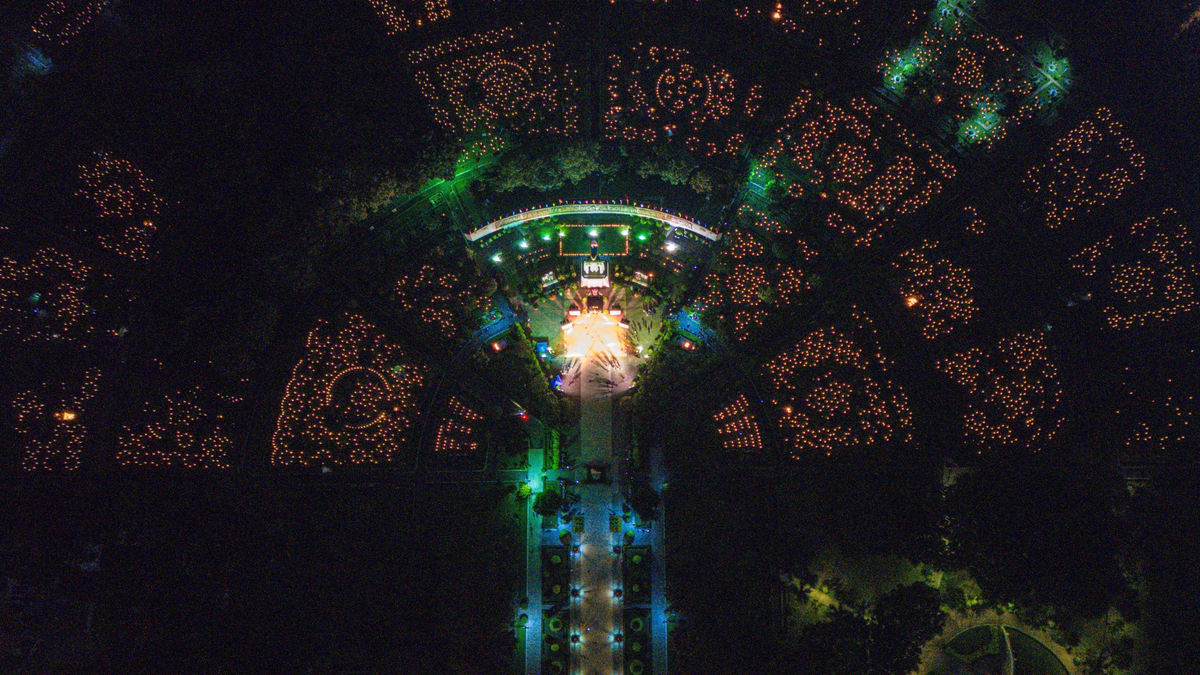







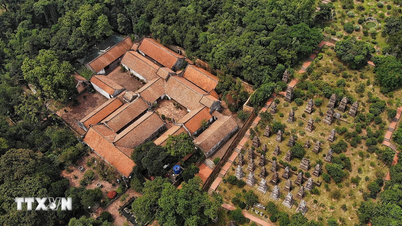

































































Comment (0)